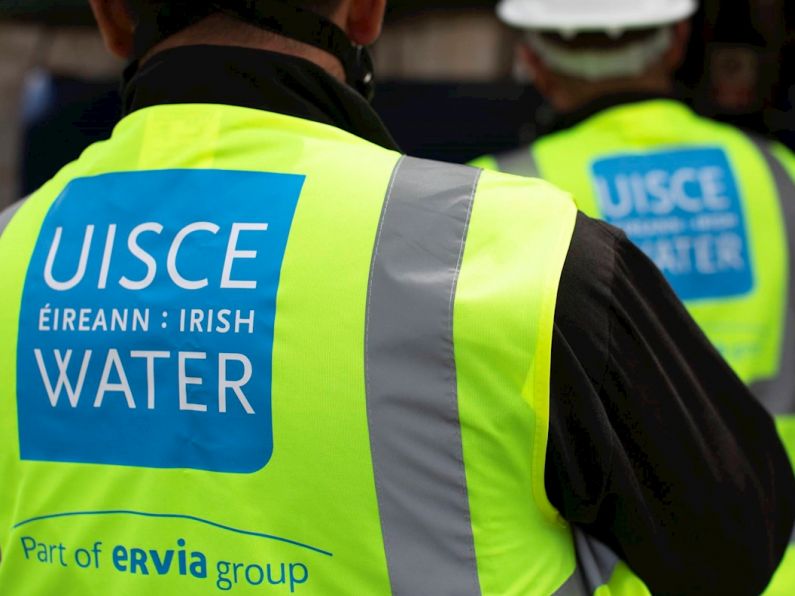Digital Desk Staff
Irish Water bosses are to face a grilling by “hugely concerned” TDs this Thursday over the “unacceptable” contamination controversy which went unreported for days, the Irish Examiner has learned.
The Oireachtas Housing Committee is to take evidence from Irish Water, which is under threat of legal action from Gorey residents who were left violently ill with people vomiting, passing blood and cramping.
Unsafe water leaving the Gorey water treatment plant over a five-day period in August led to 52 confirmed illnesses and a number of hospitalisations.
The Housing Committee will meet tomorrow to finalise its arrangements ahead of its meeting with Irish Water, the Environmental Protection Agency and the Department of Housing.
Social Democrats Housing spokesman Cian O’Callaghan said it us crucially important that the public can have full confidence in the quality and safety of our water supply.
“These incidents have caused huge concern and there are very serious questions to be answered about what went wrong. There needs to be answers and there needs to be clear accountability for these failures,” he said.
Successive failures
At the committee, attention will focus on the delayed transfer of 2,000 staff from local authorities to Irish Water, which the company said was a factor in the failure to raise the alarm sooner.
Niall Gleeson, Managing Director of Irish Water issued an apology for the successive failures which led to customers not being warned in time.
“These incidents certainly shouldn’t have happened. We should have communicated quicker. We should have dealt with the HSE and EPA to agree necessary steps. There was a failure there, and we are taking steps to make sure those failures don’t happen again,” he said.
It appears that in Gorey, a power failure and a chlorine pump failure resulted in water leaving the plant and entering the public supply without the appropriate level of disinfection.
“We should have been informed by Wexford County Council as soon as the incident happened. We are trying to understand exactly what happened, why there was a failure in communication,” Mr Gleeson said.
Mr Gleeson said there were “issues” with the processes at the plant, with alarms, and secondary indicators which “should have been picked up.”
Protocols were not followed, he said.






